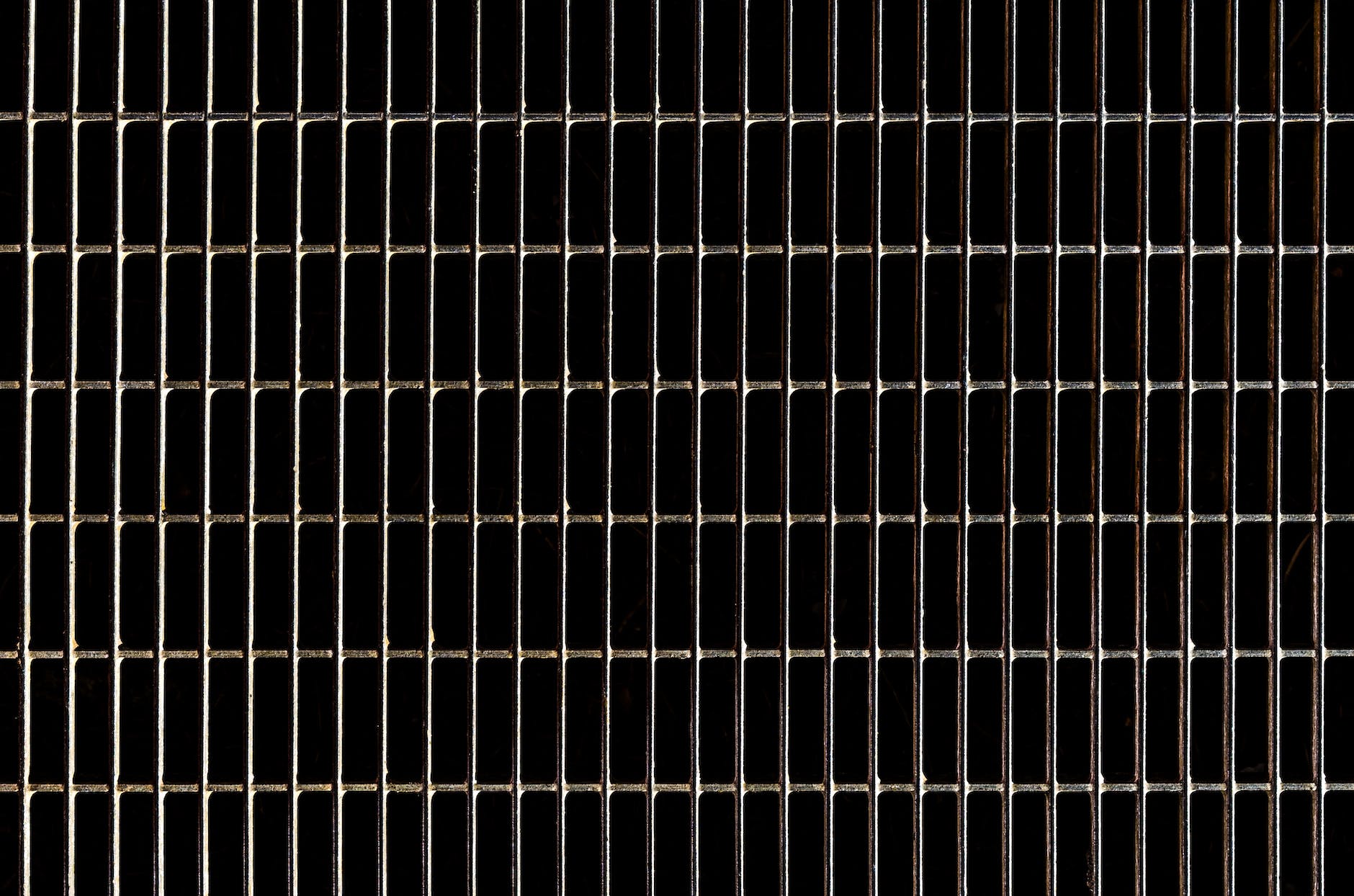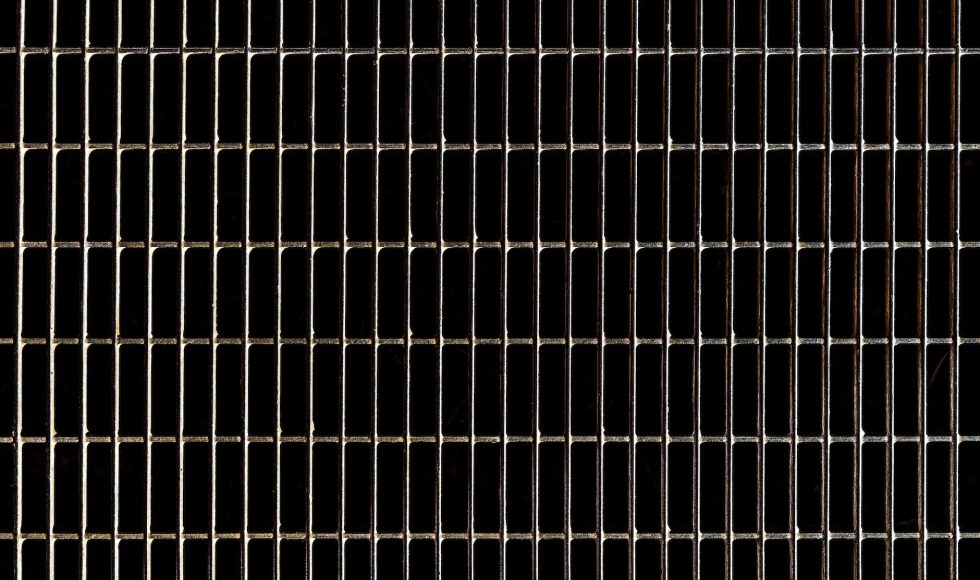Since we have the GridION and want to learn more about how to use it, I watched the Knowledge Exchange session about the “GridION Mk1: delivering the ultimate flexibility in the lab.” Jon Pugh spoke emphasized that Nanopore sequencing has the benefits real-time, on demand, and bioinformatics rich data. Oxford Nanopore Technologies (ONT) has the goal of sequencing anything, anywhere, anytime. ONT offers a variety of applications and kits. Base modifications can be identified and ultra-long reads help with assembly and complex structural variant (SV) deconvolution. Pugh explained that long-reads can also help with “dark genome” discovery of genes and regions of interest. They explained the GridION has a small footprint and five individual positions to run MinION and Flongle flow cells. Pugh noted that GridION can be used for sequencing as a service. The instrument is incredibly flexible. Pugh shared examples of the use of the GridION to sequence viruses from water sampled at three locations near Hawaii using 3 MinION flow cells. They obtained N50s as high as 38 kb and generated >1000 high-quality draft genomes from a single run without assembly! The second example looked at blaCTX genes from E. coli isolates from several patients. The researchers were able to sequence the genes and determine the plasmid and chromosomal context. A third example explored how human genomes can be sequenced on the GridION with scalable coverage depending on the number of flow cells used. In 2019, the GridION GPU was upgraded to reduce power consumption and allow for real-time base calling. EPI2ME and EPI2ME Labs are available for local installs on the GridION. Well-known tools such as medaka and minimap2 can take advantage of GPUs. This session helped me learn about some the history of the instrument and some of its features. It was also nice to see Jon on screen a couple of years ago!



